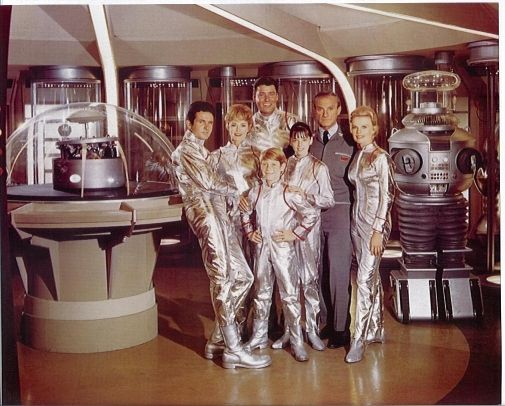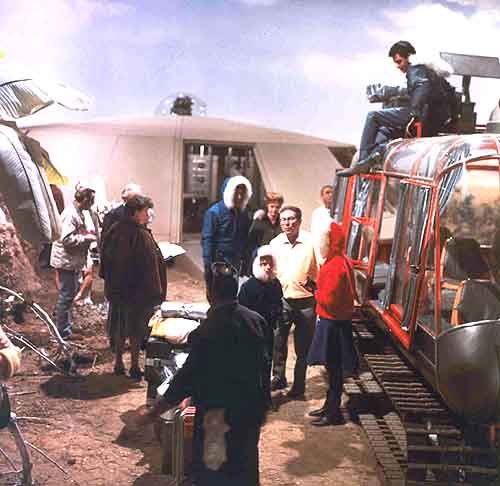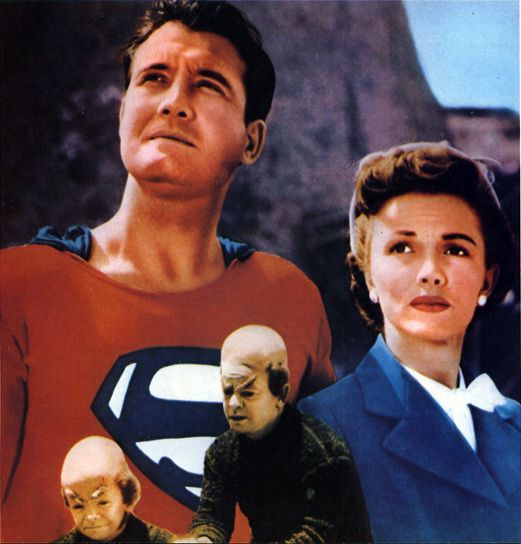It's like a live-action comic book, from back in the day! ...Never say never, I guess, but I can't see colour being used like that again, to that same effect, in television.
I doubt "comic book" was the effect the TOS designers were going for, but that is the reason for the color schemes used in DICK TRACY (1990) and SPEED RACER (2008), to name just two movies that come to mind. LOGAN'S RUN (1976) also depicted a shiny-new future with bright colors. Then along came STAR WARS (1977) the very next year and introduced the dirty, lived-in future which set the new fashion trend.
SPACE: 1999 (1975) was very sterile, perhaps taking a cue from 2001: A SPACE ODYSSEY—and perhaps even DOCTOR WHO, where the circular, back-lit walls of the TARDIS may have influenced the look of Alpha's interiors. Yet some episodes of SPACE: 1999 feature "TREK-like" lighting where the normal white lights of Alpha's walls showed color, perhaps for mood (bright reds), a suggestion of "natural" lighting (soft yellows and greens), or an iconic color such as Medical Center's blue.
Some movies use color "grading," such as the conflicting olde fashioned sepia and antiseptic-futuristic green in GATTACA, or the color cues in THE MATRIX to indicate which environment the characters are in. Color grading has become cliché now—every movie
must be tinted with the dreaded "teal and orange," which is very comic book-like.
There are always trends—depending on how old you are, consider the changes in "CG" titling on TV and broadcast news sets over the years. Things went from rainbow colors to steel and glass, then muted pastels. We now have natural tones like wood and brick. The news networks have come back around to loud, primary reds and blues.
At the time, TOS was a trend-setter. Nothing else looked like it. Was it an influence on SPACE: 1999 lighting? I can only guess.







